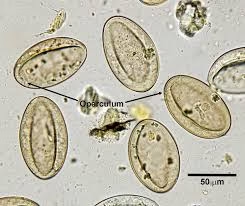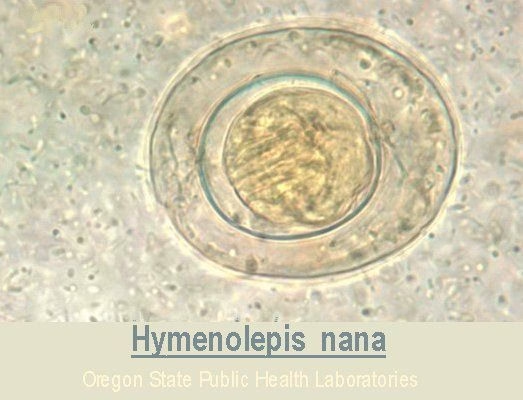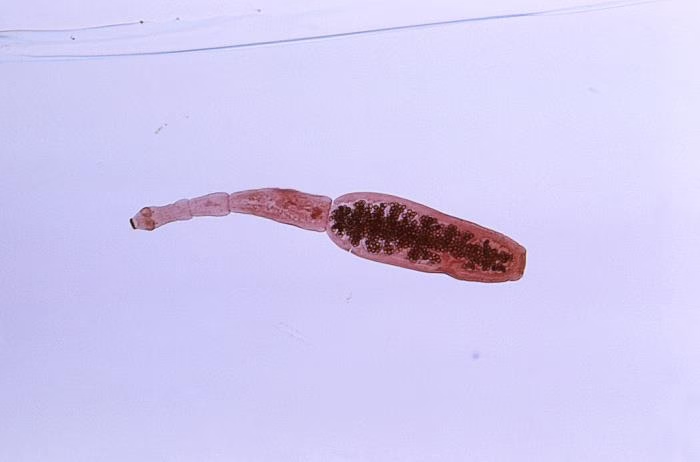Introduction Cason’s test is a biochemical test used to detect sphingomyelin, a major phospholipid found in biological membranes, especially in the myelin sheath of nerve fibers. It is a qualitative Read More …
Category: Parasitology – II Yr
Egg counting techniques

Introduction Parasitic infections caused by helminths (worms) and protozoa significantly impact human and animal health worldwide. The detection and quantification of parasite eggs, cysts, or oocysts in fecal samples play Read More …
Diphyllobothrium latum

Diphyllobothrium latum, commonly known as the broad fish tapeworm, is one of the largest tapeworm species infecting humans. It primarily resides in the small intestine of humans and other carnivorous Read More …
Hymenolepis nana

Hymenolepis nana, commonly known as the dwarf tapeworm, is a parasitic tapeworm that primarily infects humans and is one of the most common tapeworms infecting humans worldwide, especially in areas Read More …
Echinococcus

Echinococcus is a genus of parasitic tapeworms belonging to the family Taeniidae, and it causes a disease known as echinococcosis or hydatid disease. The genus includes several species, with Echinococcus Read More …